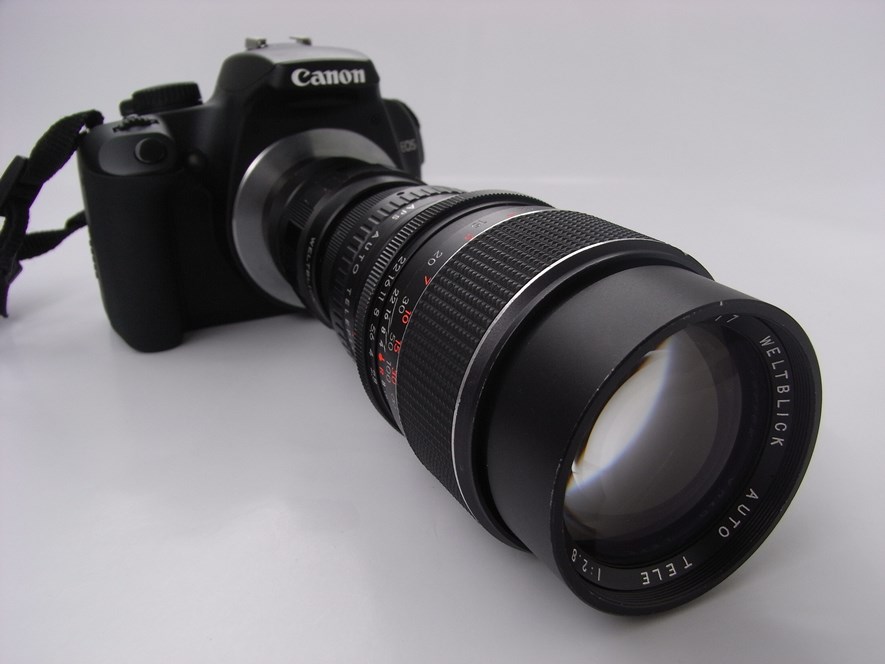
Save a bundle using old camera lenses
Cheapskate photography
I got a Canon 1000D some time ago, but I still use the kit lens. Simple reason is, good lenses are quite expensive. Luckily, there is a solution, and it's called M42. Using an adapter, old lenses using the M42 mount can be fitted onto almost any modern SLR. I decided to get an adapter, and shortly after, I got some lenses from a friend so I could try it out. If you like to save some money and don't mind working in (almost) full manual mode, this is something for you.
The M42 screw mount was introduced in the late 30's and was used well into the 80's. Most of the lenses where quite simple with no special functions - just metal, glass and mechanics. Today, used M42 lenses can easily be found online or at flea markets - or just take a look in your own basement (I happened to have an old analog camera lying around there, and guess the mount type?).
Adapters
Getting an adapter should be easy and not expensive. Check eBay. Just make sure to get the right type for your camera. The adapter screws onto the M42 lens and you can then mount it on the camera.
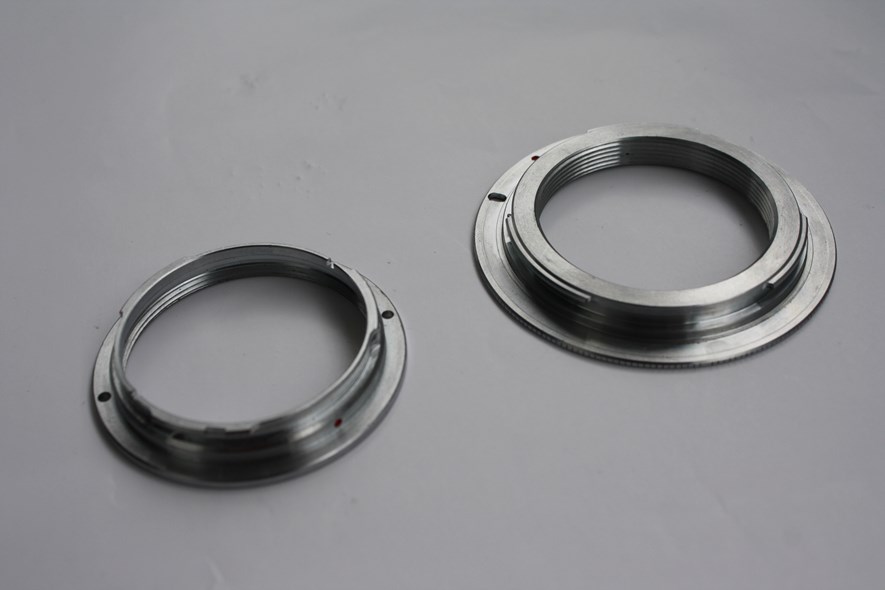
Lenses
I picked up some equipment here and there. In total, I paid 12 EUR for everything (around 16 USD).

Focusing
These things lack auto focus and since my Canon (like many other modern DSLRs) are not really made for manual focus lenses, getting tack sharp shots is a pain. Older cameras had focusing aids for this, like a split circle in the viewfinder that fit together when you had focus. With the Canon, the only way that really works - unless you want to install a new optical viewfinder - is to use the LiveView and zoom in as much as possible. If the subject is moving or the light is low, this takes a lot of patience and the results depend a lot on luck. A steady tripod helps.
Aperture setting
The aperture works in an interesing way. Since there are no electronics involved, the aperture is closed by a pin. When the shutter is pressed, a small metal plate pushes the pin in and the aperture closes. This enables easy focusing since the aperture can be wide open. Now, modern lenses don't have this pin, and the same goes for the cameras. So instead, to close the aperture, you will have to push a button on the lens (kinda like the aperture preview) or lock the aperture by setting it to manual. Not all lenses have a lock, which means you will have to push the button yourself - difficult when using a tripod. When shooting, set the camera to aperture value so it sets the shutter speed itself.

Apart from that, I have noticed that the aperture is almost extreme on some lenses. The 135mm goes from 2.8 and the 55mm from 1.8. At these settings, however, focusing is next to impossible.
Macro photography
Using the 55mm lens and the extension tubes, we get nice and (mostly) sharp results.
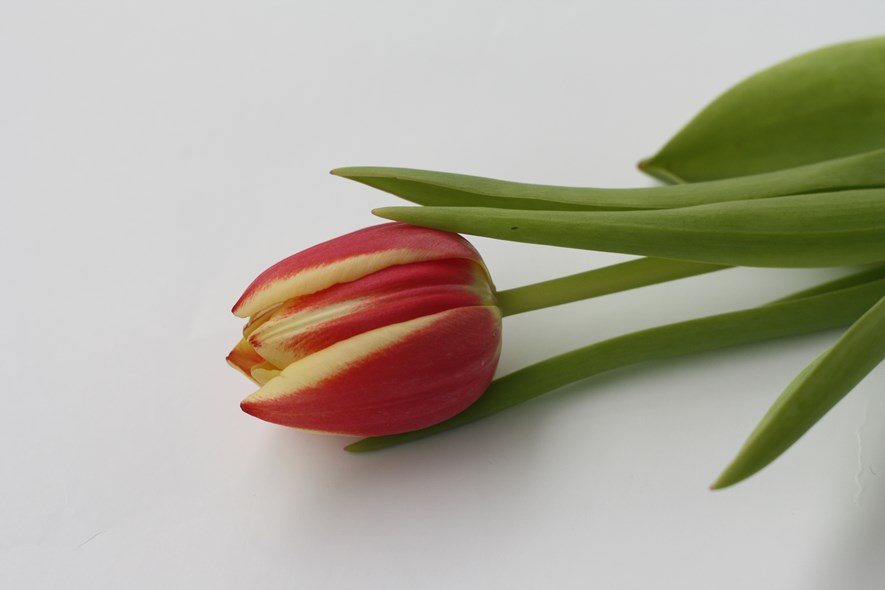
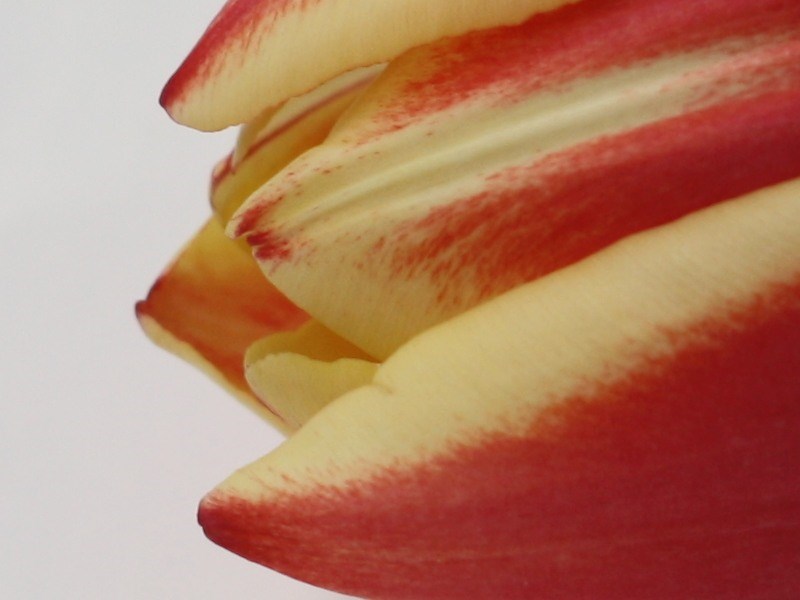
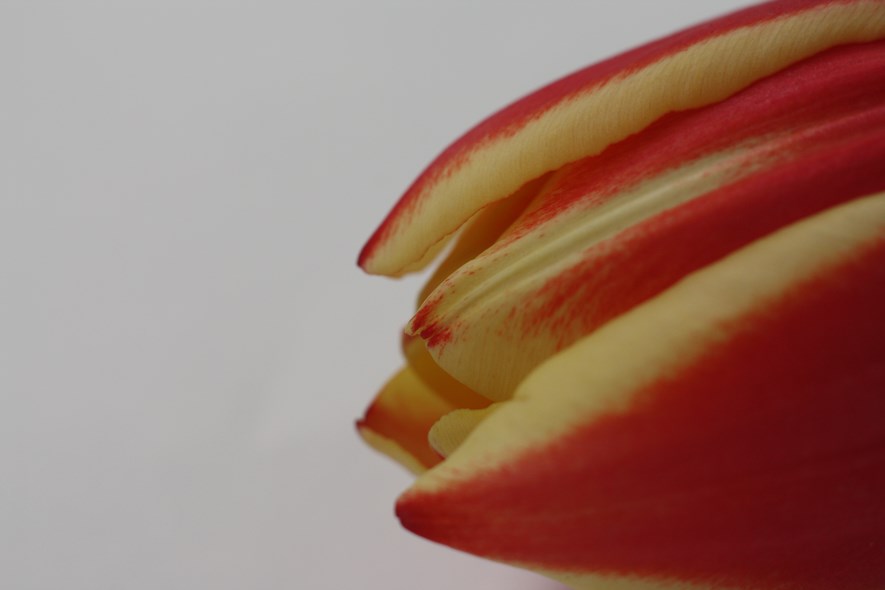
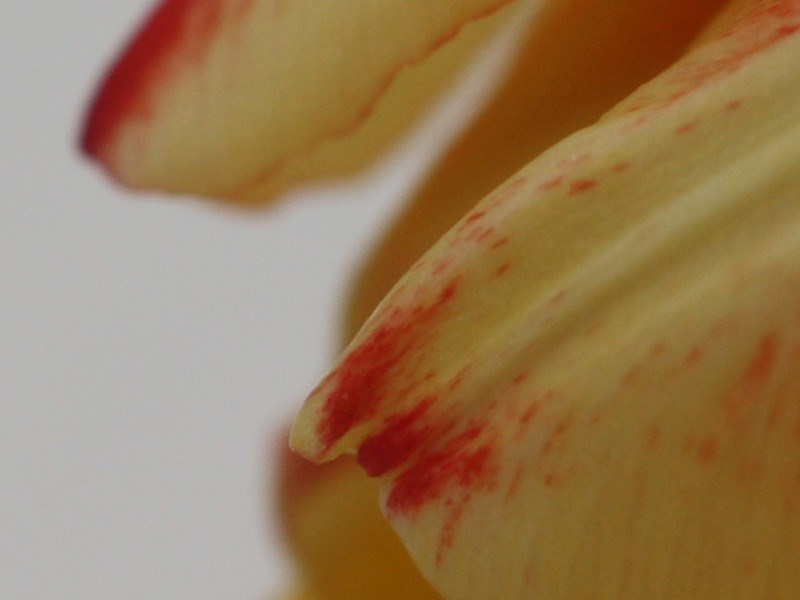
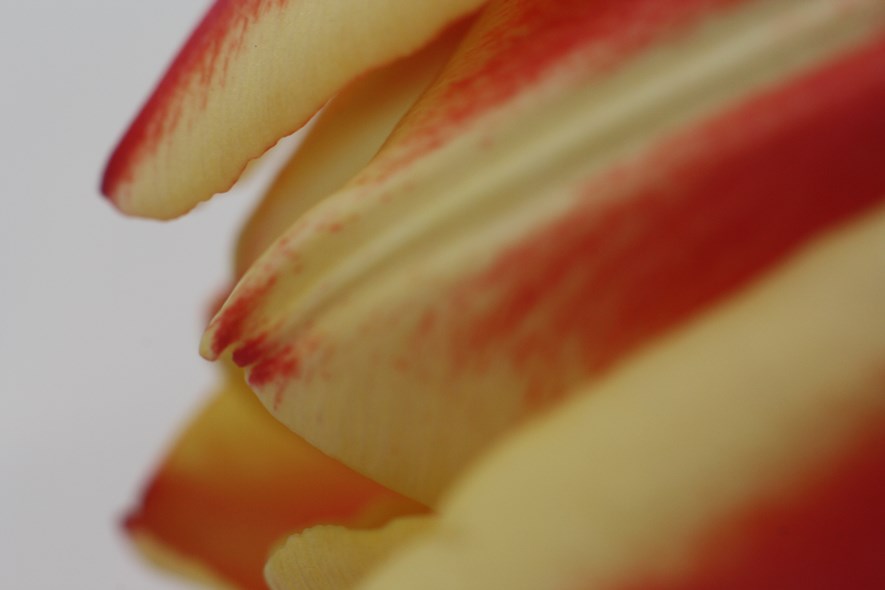
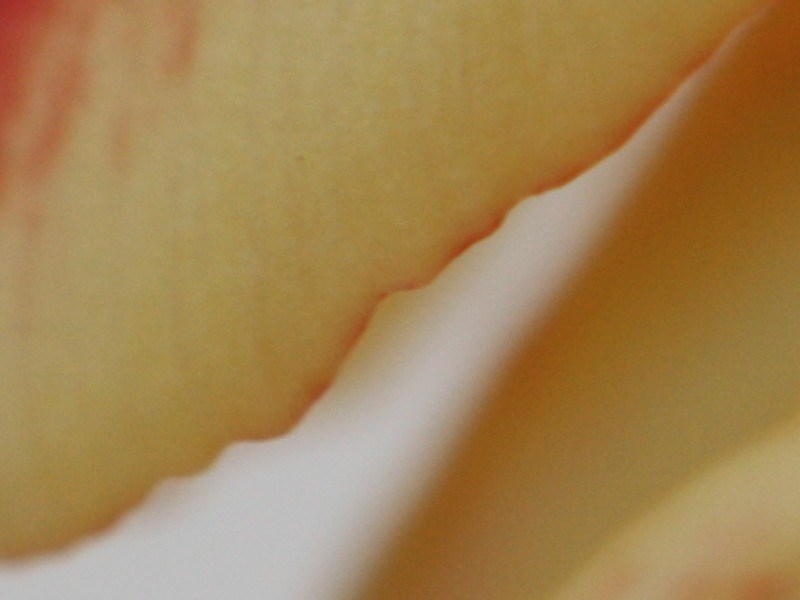
The 55mm itself produces good results, and with one or two extension tubes, makes a decent macro lens. Of course, this varies from lens to lens. I had another 50mm lens with always produced very blurry results, and this one is much better.
Getting in tight
Using the short tele and two tele converters should be interesting. I decided to go to the park and try to shoot some birds. Getting close enough with the standard lens (18-55mm) is difficult.
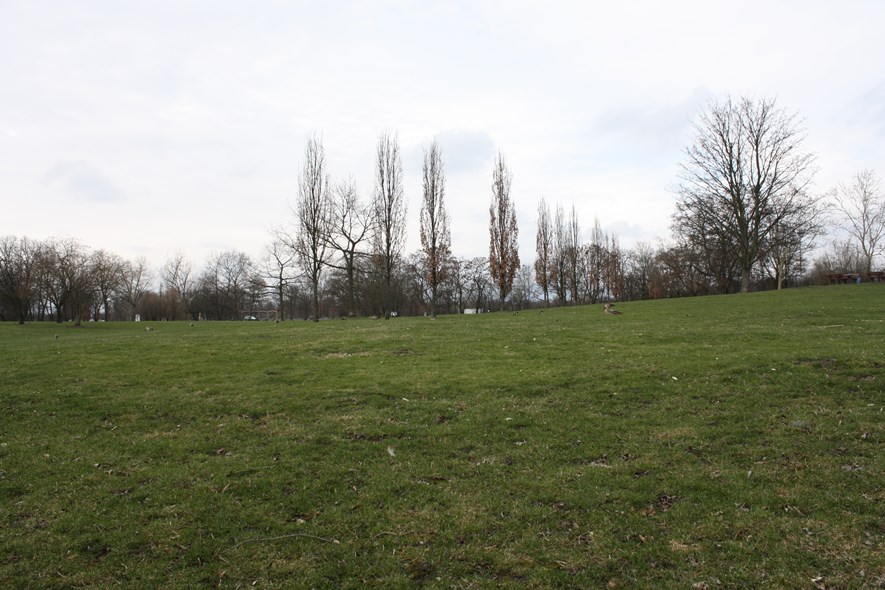
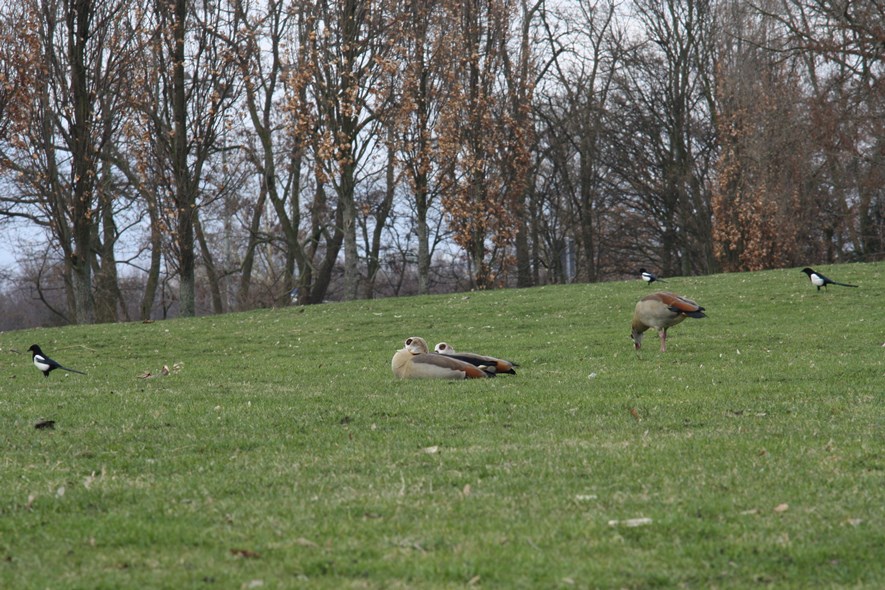
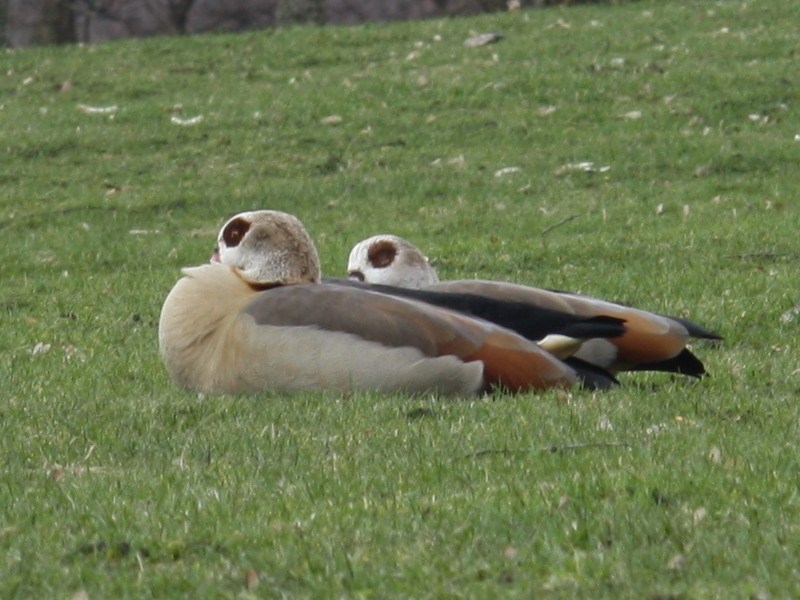
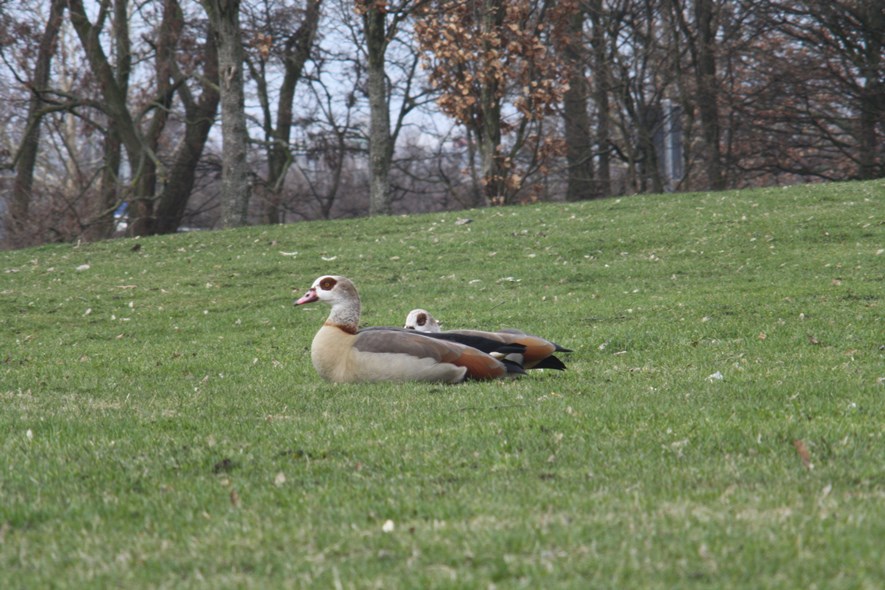
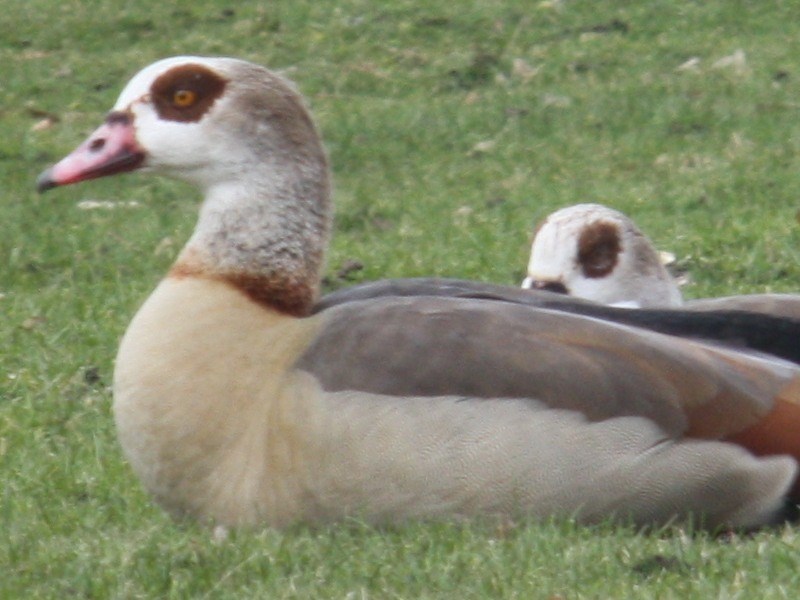
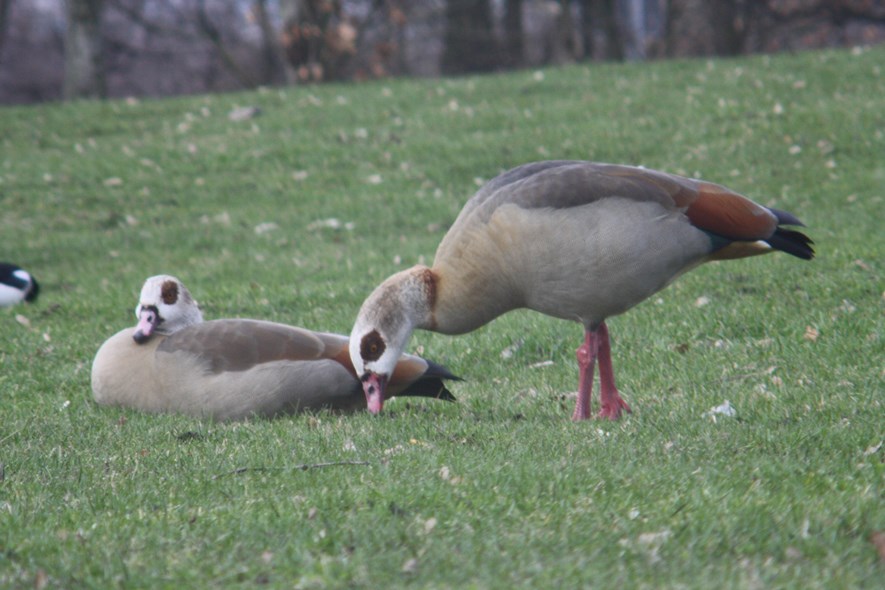
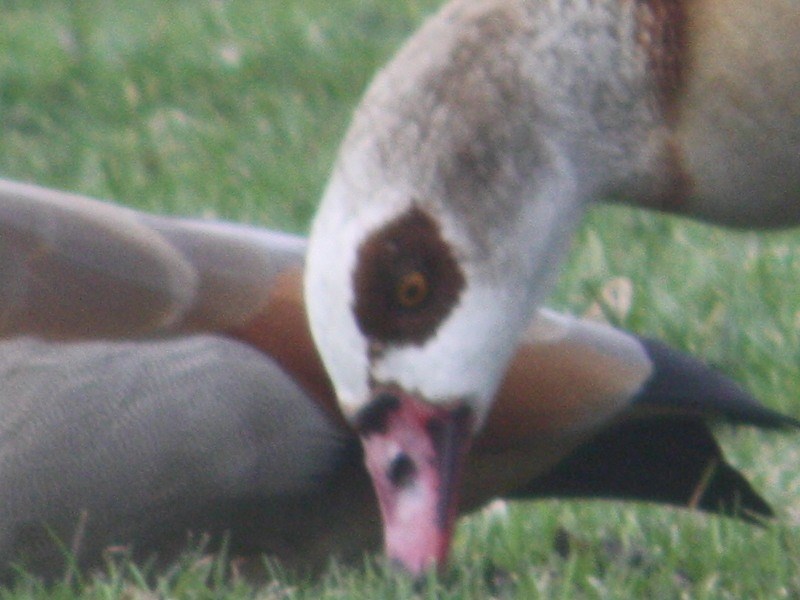
The 135mm itself produces sharp pictures, but with each teleconverter, it gets worse. Exposure time suffers also, and the camera seems to have difficulties measuring the light properly. Not the worst results ever, but I think I will ditch the teleconverters and pick up a longer lens instead.
Conclusion
If you like photography but don't like spending the cash, try it. Cost is very low and the results are often interesting. But since focusing is do difficult, it is still a bit hard to recommend.
Pros:
- Cheap
- Macro shots turn out very well
- You will definitely learn a lot of stuff
- Trains your patience
Cons:
- Focusing very frustrating
- Lenses are heavy (usually metal casing)
- Zoom lenses may be a bit difficult to find
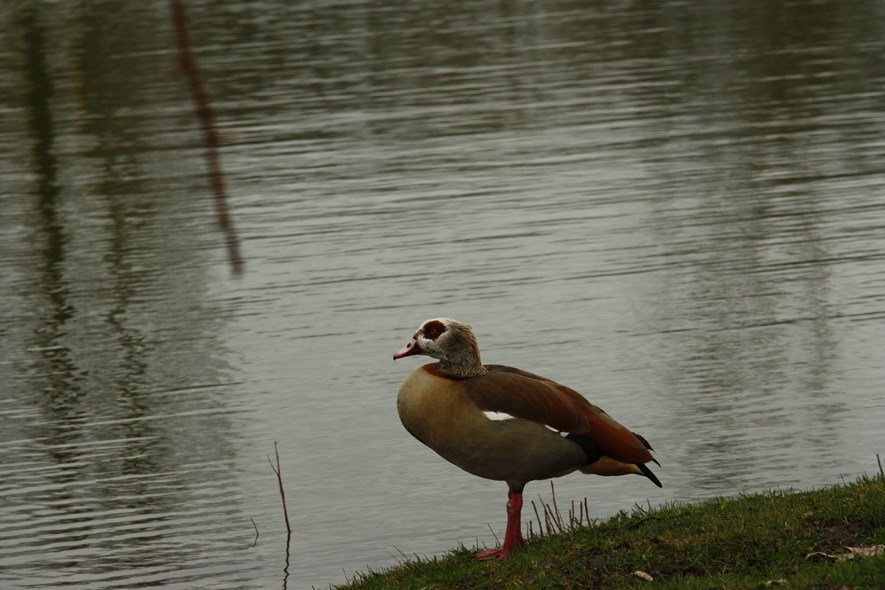
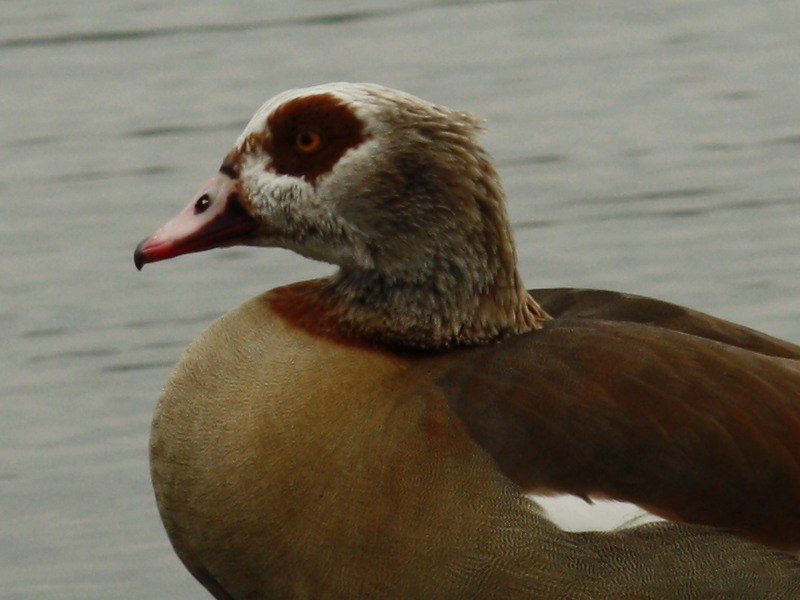
3 Comments
Subscribe to new comments by RSS